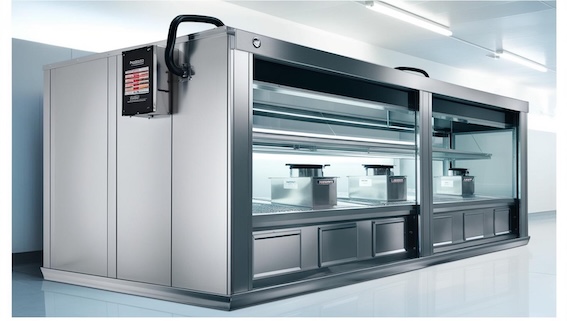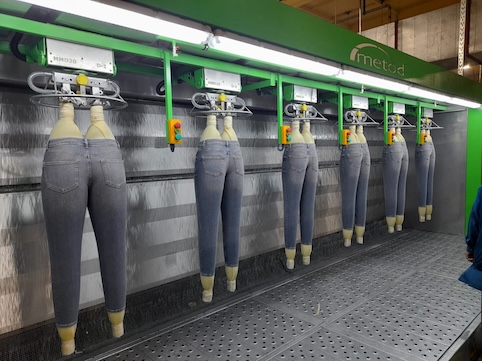
Implement engineering controls
Engineering controls are the physical controls put in place to reduce workers' exposure to chemicals.
Engineering Controls
Engineering controls are strategies designed to reduce exposure of workers to chemicals by placing a barrier between the worker and the hazard or by removing the hazard through ventilation.
These controls involve physical modifications to the workplace, rather than depending on worker’s behaviour or the use of personal protective equipment (PPE).
Some examples of engineering controls that can be implemented at a facility:
- Install local exhaust ventilation (LEV) systems in areas with high exposure risks.
- Set up isolated or cordoned-off areas or booths for processes with high volatile emissions, such as screen preparation areas or spray areas.
- Implement auto-dosing systems for dyeing machines. Install exhaust systems on stenter.
- Use suction hood for dyestuff weighing to capture dye dust particles.
- Employ water curtains for PP sprays in denim garment finishing.
- Utilise de-dusting machine after buffing machine in footwear assembly.
Always refer to a GHS compliant SDS, Section 8.2.1 to understand the engineering controls required for a chemical.


In case a facility is using solvents or solvent-based formulations, specific engineering controls for solvents should be installed, including monitoring of VOC emissions at the facility.
